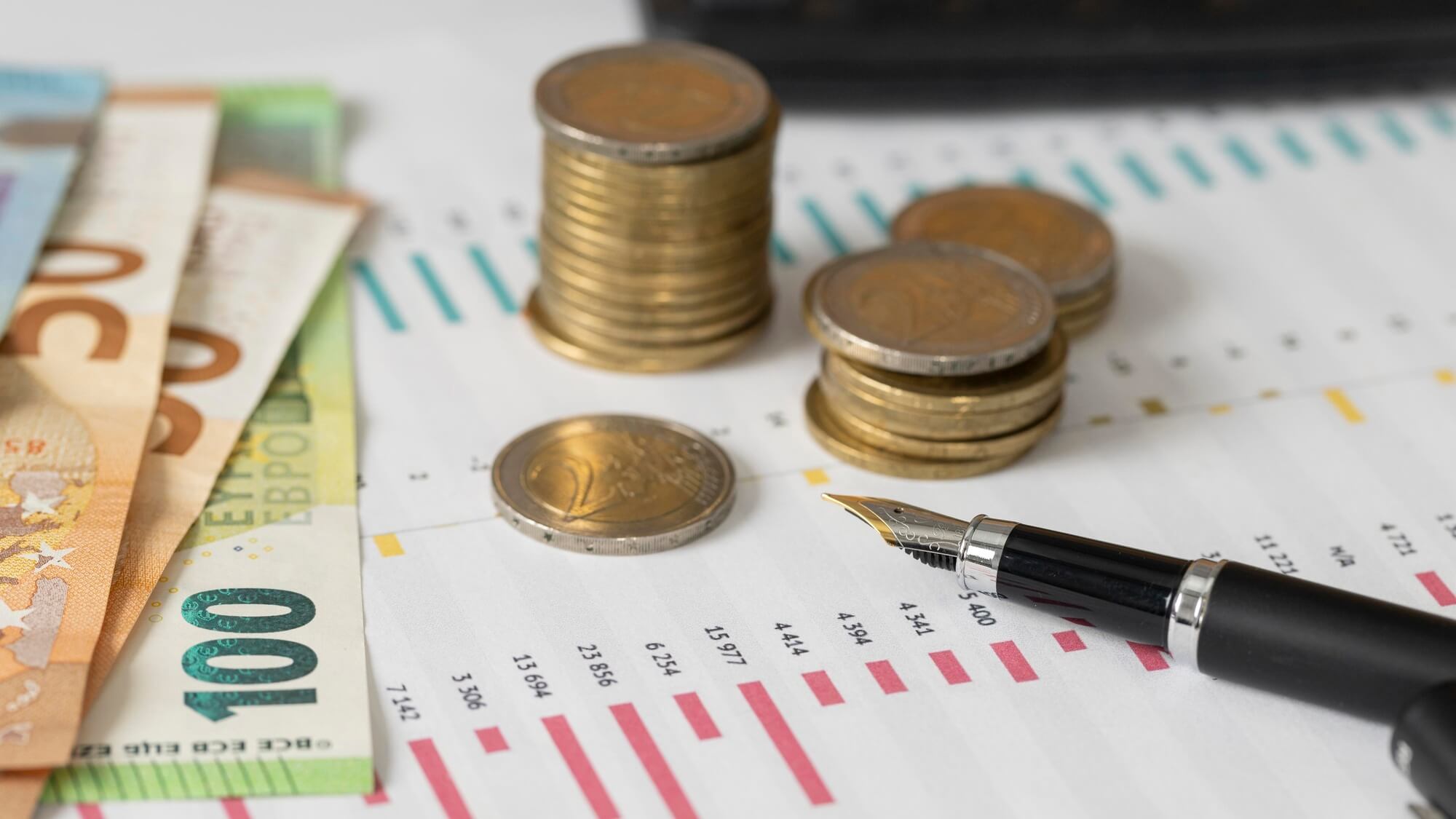A valuation cap is the maximum valuation at which a SAFE or convertible note will convert into equity, protecting investors from dilution if a startup achieves a very high valuation in its next round.
While a valuation cap doesn’t prohibit the valuation of the company from exceeding a threshold, it does limit the amount that can be used in determining the conversion of the note to stock.
In doing so, it protects the initial investors from receiving a smaller percentage of the company in exchange for their investment. It also acts as an incentive for investors to contribute capital to nascent and inherently risky businesses.
In the context of a Simple Agreement for Future Equity (SAFE) note, a valuation cap ensures that the investor will receive equity in the company at a rate no higher than the valuation cap (or at a lower valuation, if the next round of financing is at a lower valuation than the cap).
Valuation Cap Example
If a startup issues a SAFE with a $10 million valuation cap and no discount rate, and its next round has a $20 million valuation, the investor receives equity at the $10 million cap. If the next round has a $5 million valuation, the investor receives equity at the $5 million valuation.
If this same scenario included a 20% discount rate, and the valuation of the company ended up being $10 million, the SAFE investor would purchase their equity at a discount equal to 20% of the share price.
Benefits of a Valuation Cap
A valuation cap is often included in a SAFE to provide investors with some downside protection and to encourage them to invest in the company at an earlier stage. Without a valuation cap, an investor runs the risk of investing in a company that achieves a very high valuation in the next round of financing, without the ability to participate in any of the upside of that valuation.
Both the investor and the company should be mutually aligned to drive the valuation of the company higher over time, and the valuation cap provides a protection for the early-stage investor should that valuation growth happen precipitously in the company’s earliest stages.
Overall, a valuation cap is an important term to consider when issuing a SAFE, as it can have a significant impact on the investor’s return on investment and the company’s dilution.
It is important for both the startup and the investor to carefully consider the appropriate valuation cap for the SAFE based on the company’s current stage of growth, prospects for future growth and market conditions.



